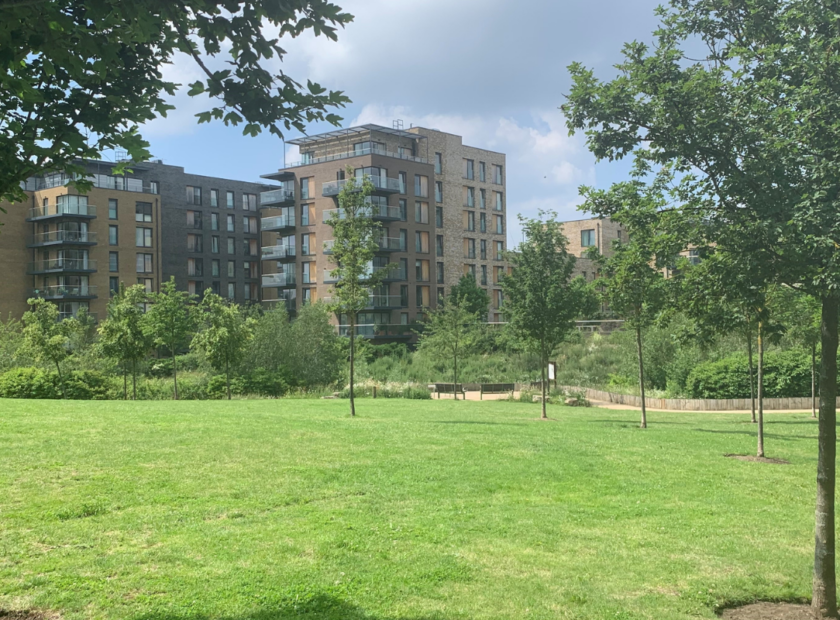People are drawn to old buildings. They provide meaningful connections to the past, add character to our streets, and make beautiful, atmospheric places where people want to live and work.
They also have great potential for adaptation. Many older buildings have been adapted before to meet changing needs. Occupants installed awnings over sunny windows in summer months to prevent overheating and added hangings and panelling to internal walls for heat retention in the winter.
However, what was once common practice would probably struggle to get consent today. We no longer routinely make best use of the adaptable qualities of historic buildings.
That would be a problem in any context. But climate change changes everything. 21% of England’s domestic building stock pre-dates 1919 and around 500,000 buildings in England are protected by statutory listing, with hundreds of thousands more situated in c.9,900 conservation areas. And the process of adapting these historic buildings so they can thrive in future and be more energy efficient is very challenging.
To a significant degree, this is the result of a lack of certainty and clarity within planning policy and practice aboutwhat can and should be allowed. Furthermore, what is granted consent – for example, double-glazing or internal insulation – varies substantially from town to town, borough to borough and even amongst decision-makers within the same local planning authority.
Obviously, a broad-brush, one size fits all approach wouldn’t work. But what we have is frustrating, costly and prohibitive for many property owners.
The public benefit of climate change mitigation is only briefly mentioned in the NPPF and there is no specific reference to climate change adaptation and energy efficiency measures. This disconnect is reflected at a local level in regional and local plans, while the guidance provided by Historic England is well-researched and valuable but presented across multiple documents and channels.
Building Regs, meanwhile, don’t allow for or consider the impacts associated with whole life carbon and revised EPCs then add another layer of complexity due to the inadequacy of the standard assessment protocol when applied to buildings of traditional construction.
It all stacks up to create very few incentives and a lot of barriers for owners of historic buildings who want to make energy efficiency improvements.
The good news is, this summer we have an extraordinary opportunity to change things. In a new paper published this week, Grosvenor argues that the Government should use the impetus of planning reform and COP26 to much better align heritage protection and environmental sustainability in a revised NPPF, including specific policies for carbon reduction in relation to all designated heritage assets, excluding scheduled ancient monuments.
The paper has been developed over the last six months with the National Trust, Insall Architects, Peabody, Southern Housing, The Crown Estate and other consultative partners including Historic England.
The bottom line is that fabric improvements to all listed buildings and unlisted historic dwellings in conservation areas could cut operational carbon emissions in the UK by up to 7.7 MtC02 per year. That’s the equivalent of roughly 5% of all the carbon emissions associated with buildings in in Britain in 2019.
It would also act as a powerful stimulus to the green economy and help protect a crucial part of our common heritage which gives so many people a sense of civic pride and identity in this country.
Of course, the work needs to be done intelligently. There’s always a risk of maladaptation and that is why clearer guidance, more funding, and supply chain skills and capacity are also fundamental. Getting the policy framework right is only ever one part of the solution and this needs a joined up, integrated approach.
But the truth is, historic buildings can help lead the fight against climate change. You only have to look for inspiration at the work done on a residential building like the Clapham Terrace House in London or, at the other end of the spectrum, New Court at Trinity College in Cambridge.
Heritage protection and environmental sustainability can run hand in hand – and we need them to urgently.
Matt Bell is Director of Corporate Affairs at Grosvenor.



